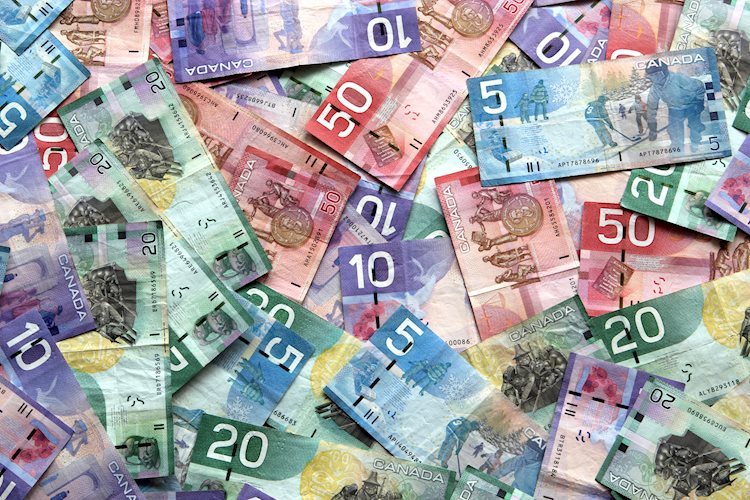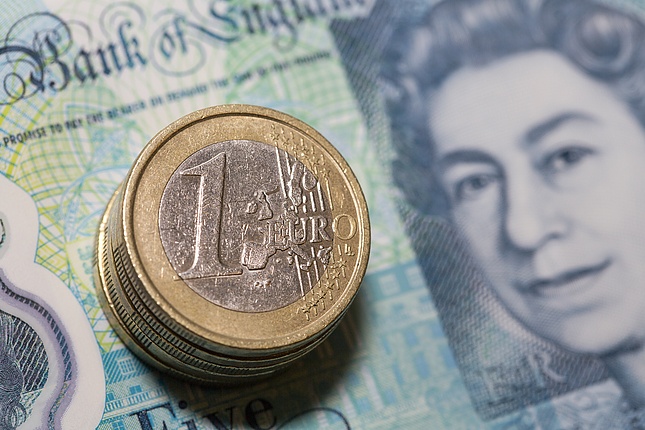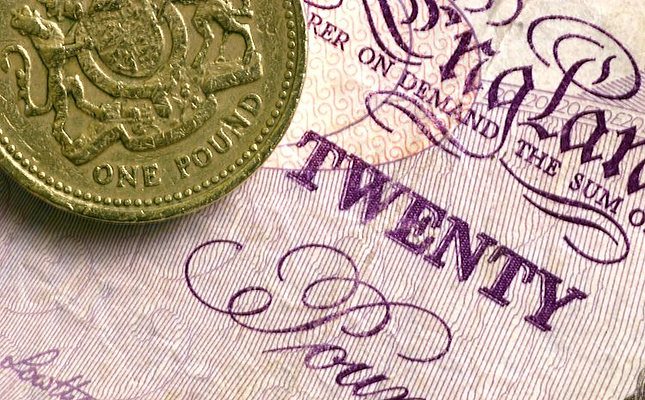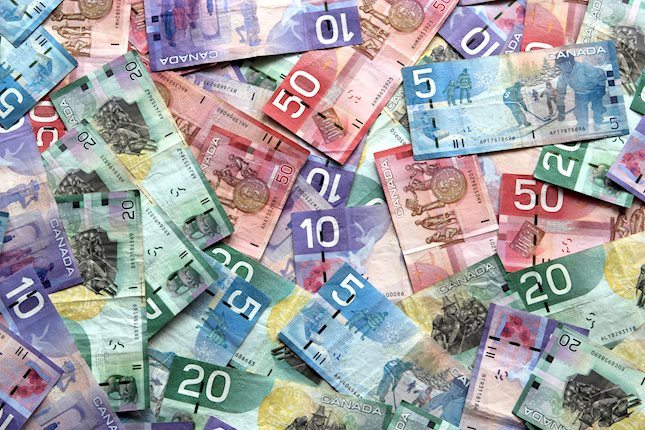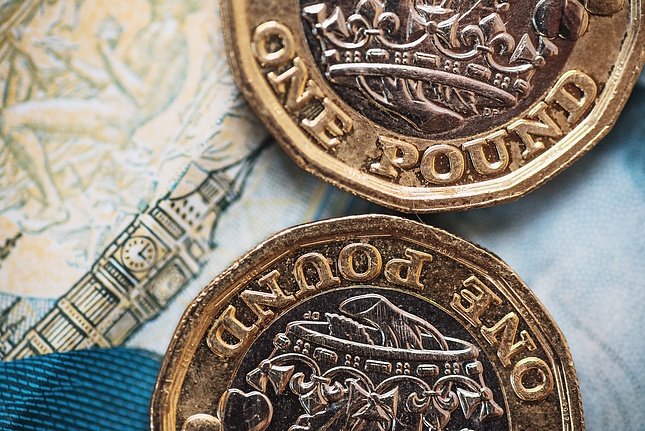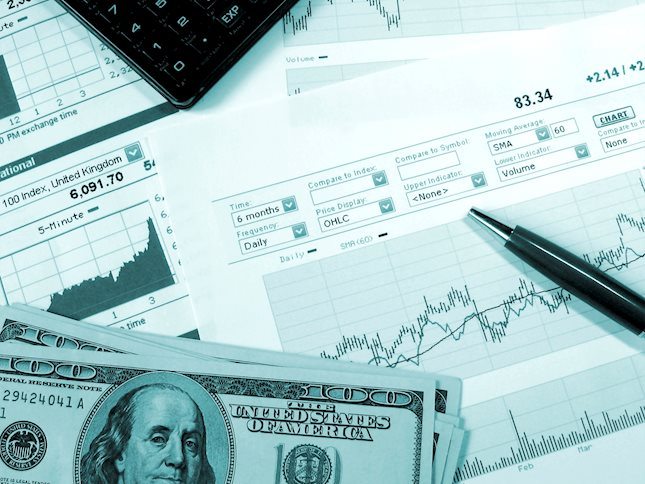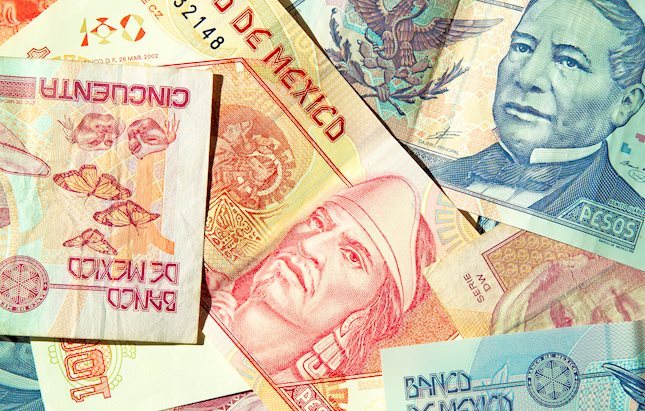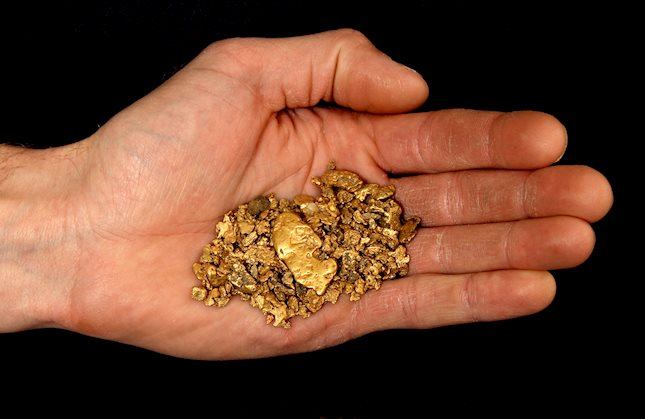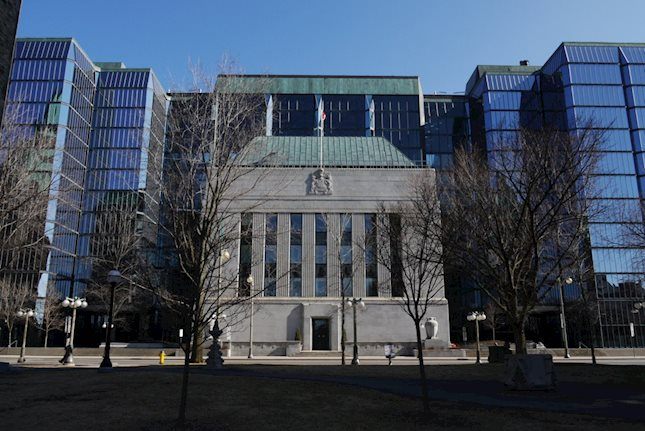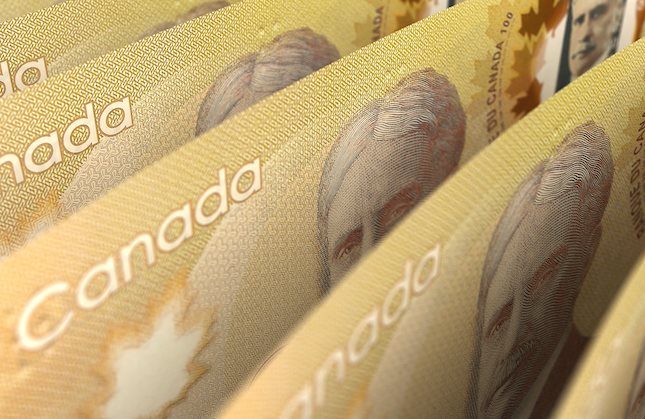USD/CAD consolidates below 1.3600 as investors look for fresh Fed interest rate cues
- USD/CAD consolidates below 1.3600 ahead of Fed Harker’s speech.
- The Fed is expected to cut interest rates further by 75 bps this year.
- The BoC may likely continue easing interest rates further.
The USD/CAD pair trades sideways below the crucial resistance of 1.3600 in Friday’s North American session. The Loonie asset consolidates as investors look for fresh cues about Federal Reserve’s (Fed) likely monetary policy action in the remaining policy meetings this year.
The market sentiment turns slightly cautious on a light United States (US) economic calendar day. The S&P 500 has opened on a weak note, exhibiting uncertainty over investors’ risk appetite. The US Dollar Index (DXY), which tracks the Greenback’s value against six major currencies, attempts to gain ground above the annual low of 100.20.
Investors expect that the Fed will cut interest rates further by a total of 75 basis points (bps) in the November and December meetings, suggesting that there will be atleast one 50 bps interest rate cut decision. However, the central bank projected the federal fund rate at 4.4% by year-end. Also, Fed Chair Jerome Powell cleared in his press conference that the 50 bps will not new normal.
For fresh interest rate guidance, investors will focus on Philadelphia Fed Bank President Patrick Harker’s speech at 18:00 GMT for fresh guidance on interest rates.
On the Loonie front, growing speculation for more interest rate cuts by the Bank of Canada (BoC) will keep the Canadian Dollar (CAD) under pressure. Market expectations for BoC rate cuts rose after Canada’s headline inflation decelerated to 2% in August.
Canadian Dollar FAQs
The key factors driving the Canadian Dollar (CAD) are the level of interest rates set by the Bank of Canada (BoC), the price of Oil, Canada’s largest export, the health of its economy, inflation and the Trade Balance, which is the difference between the value of Canada’s exports versus its imports. Other factors include market sentiment – whether investors are taking on more risky assets (risk-on) or seeking safe-havens (risk-off) – with risk-on being CAD-positive. As its largest trading partner, the health of the US economy is also a key factor influencing the Canadian Dollar.
The Bank of Canada (BoC) has a significant influence on the Canadian Dollar by setting the level of interest rates that banks can lend to one another. This influences the level of interest rates for everyone. The main goal of the BoC is to maintain inflation at 1-3% by adjusting interest rates up or down. Relatively higher interest rates tend to be positive for the CAD. The Bank of Canada can also use quantitative easing and tightening to influence credit conditions, with the former CAD-negative and the latter CAD-positive.
The price of Oil is a key factor impacting the value of the Canadian Dollar. Petroleum is Canada’s biggest export, so Oil price tends to have an immediate impact on the CAD value. Generally, if Oil price rises CAD also goes up, as aggregate demand for the currency increases. The opposite is the case if the price of Oil falls. Higher Oil prices also tend to result in a greater likelihood of a positive Trade Balance, which is also supportive of the CAD.
While inflation had always traditionally been thought of as a negative factor for a currency since it lowers the value of money, the opposite has actually been the case in modern times with the relaxation of cross-border capital controls. Higher inflation tends to lead central banks to put up interest rates which attracts more capital inflows from global investors seeking a lucrative place to keep their money. This increases demand for the local currency, which in Canada’s case is the Canadian Dollar.
Macroeconomic data releases gauge the health of the economy and can have an impact on the Canadian Dollar. Indicators such as GDP, Manufacturing and Services PMIs, employment, and consumer sentiment surveys can all influence the direction of the CAD. A strong economy is good for the Canadian Dollar. Not only does it attract more foreign investment but it may encourage the Bank of Canada to put up interest rates, leading to a stronger currency. If economic data is weak, however, the CAD is likely to fall.
Forex News
Keep up with the financial markets, know what's happening and what is affecting the markets with our latest market updates. Analyze market movers, trends and build your trading strategies accordingly.
